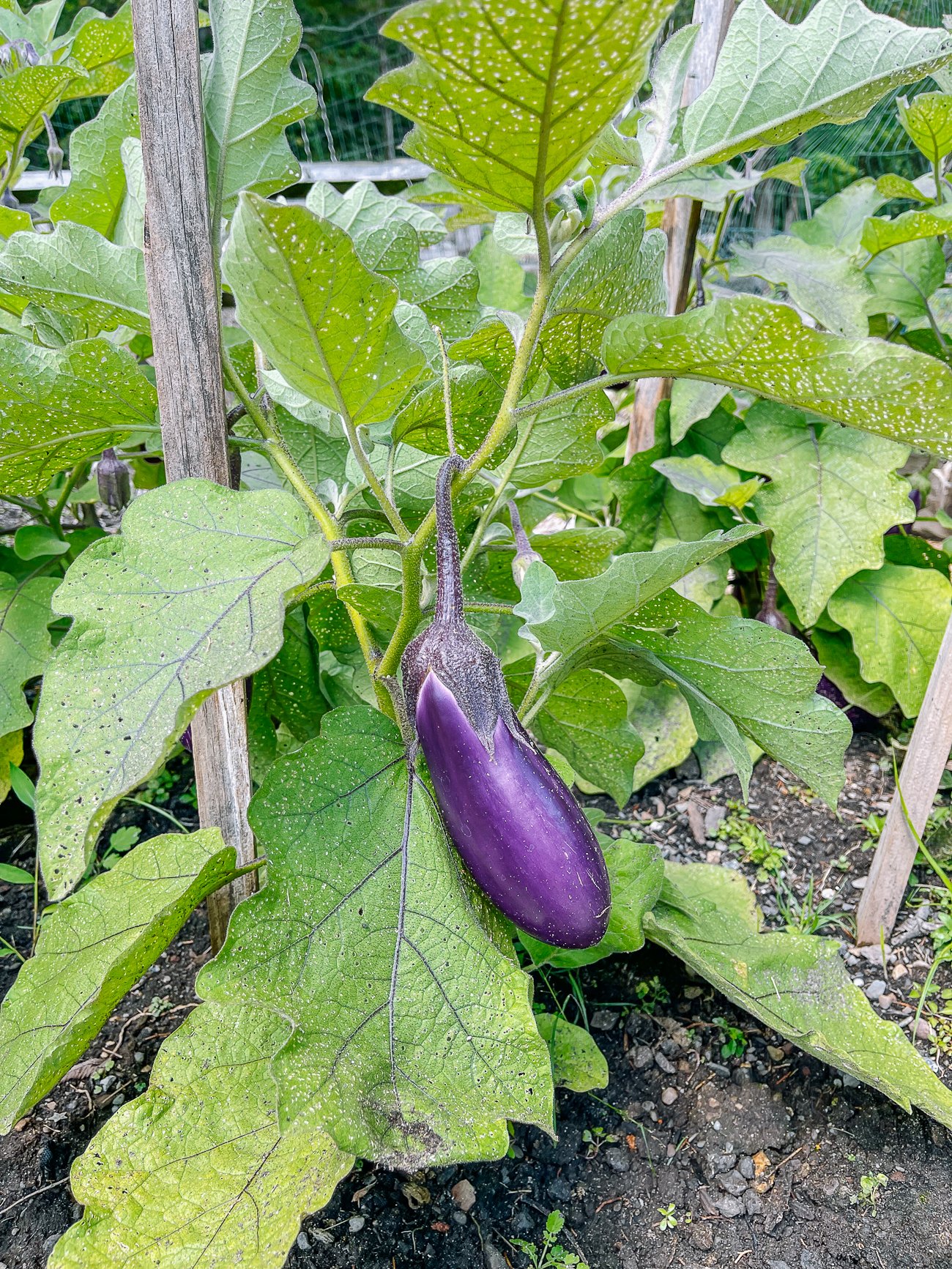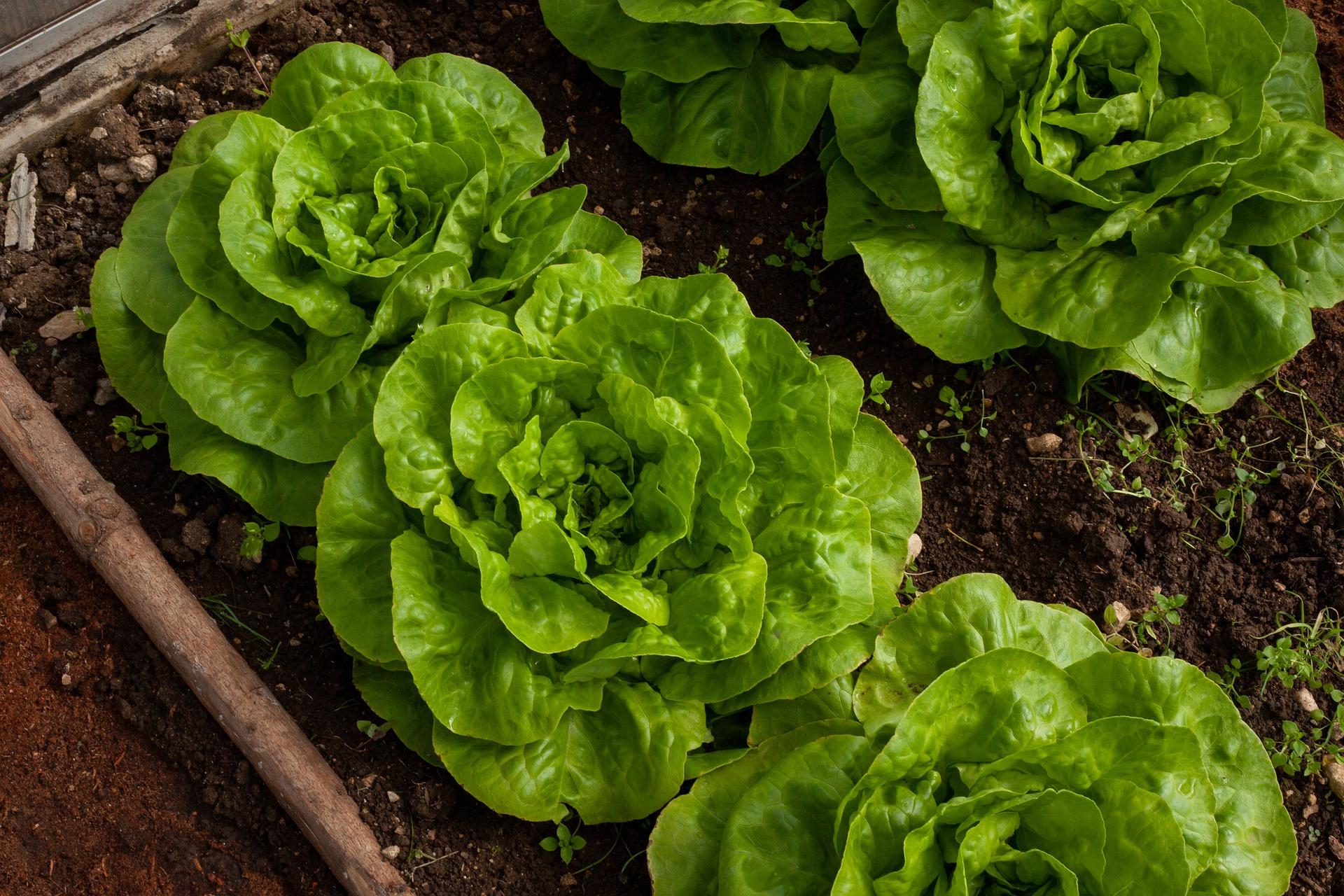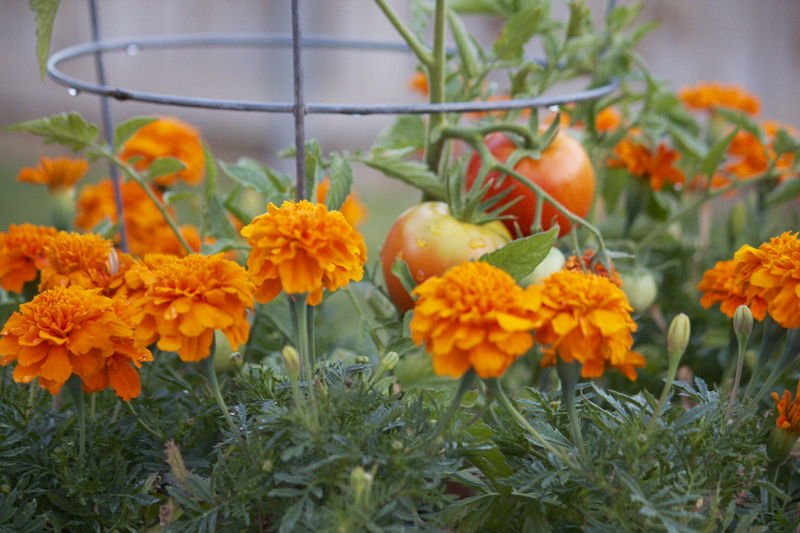Cluster Beans: The Best Companion Plants To Grow With Them
Cluster Beans: The Best Companion Plants to Grow With Them
Cluster beans, also known as yardlong beans or asparagus beans, are a delicious and versatile vegetable that can be grown in a variety of climates. They are a member of the legume family, which means that they fix nitrogen in the soil, making them a great addition to any garden.
In addition to their nutritional benefits, cluster beans are also attractive plants that can add a splash of color to your garden. They are typically grown in a vertical fashion, which makes them a good choice for small spaces.
One of the best things about cluster beans is that they are easy to companion plant with other vegetables. This means that you can plant them near other plants that will benefit from their presence.
Here are some of the best companion plants for cluster beans:
- Marigolds: Marigolds are a great companion plant for cluster beans because they help to repel pests. Marigolds have a strong scent that is unpleasant to many pests, including Mexican bean beetles and aphids.

- Carrots: Carrots and cluster beans are both root vegetables, so they don't compete for resources. In fact, carrots can help to improve the flavor of cluster beans.
- Cucumbers: Cucumbers and cluster beans are both heat-loving plants, so they can be planted together in the same garden bed. Cucumbers also help to attract beneficial insects, which can help to control pests.
- Potatoes: Potatoes and cluster beans are a classic companion planting combination. Potatoes benefit from the nitrogen that cluster beans fix in the soil, and cluster beans benefit from the shade that potatoes provide.

- Peas: Peas and cluster beans are both legumes, so they fix nitrogen in the soil. They can also be planted together to create a living fence or trellis.
In addition to these plants, there are many other that can be companion planted with cluster beans. Some other good options include:
- Basil: Basil is a fragrant herb that helps to repel pests and improve the flavor of cluster beans.
- Cabbage: Cabbage is a heavy feeder, so it can benefit from the nitrogen that cluster beans fix in the soil.

- Celery: Celery and cluster beans both like moist soil, so they can be planted together to help conserve water.

- Eggplant: Eggplant and cluster beans both attract beneficial insects, which can help to control pests.

- Lettuce: Lettuce is a cool-season crop, so it can be planted with cluster beans in the early spring or fall.

When companion planting cluster beans, it is important to consider the size and growth habit of the plants. For example, you wouldn't want to plant cluster beans near plants that will shade them out.
It is also important to consider the spacing requirements of the plants. Cluster beans need plenty of space to grow, so you don't want to plant them too close together.
With a little planning, you can easily companion plant cluster beans with other vegetables to create a healthy and productive garden.
Cluster beans are a delicious and nutritious vegetable that can be grown in many different climates. But did you know that there are certain plants that can help cluster beans thrive? That's right, companion planting can be a great way to improve the growth and productivity of your cluster bean plants.
Some of the best companion plants for cluster beans include:
- Basil: Basil is a great companion for cluster beans because it helps to repel pests and attract pollinators.
- Cucumbers: Cucumbers and cluster beans can help each other grow by providing shade and moisture.
- Eggplant: Eggplant and cluster beans can help each other by attracting beneficial insects and deterring pests.
- Marigolds: Marigolds are a popular companion plant for many different vegetables, and they can also help to repel pests from cluster beans.
If you're interested in learning more about companion planting for cluster beans, I recommend visiting Gardenia Inspiration. This website has a wealth of information on the topic, including a list of the best companion plants for cluster beans, as well as tips on how to plant and care for them.
FAQ of cluster beans companion plants
Question 1: What are the best companion plants for cluster beans?
Answer: Some of the best companion plants for cluster beans include:
- Marigolds: Marigolds are a natural pest repellent, and they can help to keep away Mexican bean beetles, aphids, and other pests.
- Nasturtiums: Nasturtiums are another good choice for companion planting with cluster beans. They attract beneficial insects, such as ladybugs, which help to control pests.
- Cucumbers: Cucumbers and cluster beans can be planted together because they have similar growing requirements. They both need full sun and well-drained soil.
- Potatoes: Potatoes and cluster beans can also be planted together. The potatoes will help to suppress weeds, and the cluster beans will help to improve the nitrogen content of the soil.
- Peas: Peas and cluster beans can be planted together because they both fix nitrogen in the soil. This means that they can help to improve the fertility of the soil, which can benefit both plants.
Question 2: What are some companion plants that I should avoid planting with cluster beans?
Answer: Some companion plants that you should avoid planting with cluster beans include:
- Onions: Onions can stunt the growth of cluster beans.
- Chives: Chives can also stunt the growth of cluster beans.
- Leeks: Leeks can also stunt the growth of cluster beans.
- Garlic: Garlic can also stunt the growth of cluster beans.
- Beetroot: Beetroot can compete with cluster beans for nutrients.
Question 3: How do companion plants benefit cluster beans?
Answer: Companion plants can benefit cluster beans in a number of ways, including:
- Attracting beneficial insects: Some companion plants, such as marigolds and nasturtiums, attract beneficial insects, such as ladybugs, which help to control pests.
- Improving soil fertility: Some companion plants, such as peas and beans, fix nitrogen in the soil. This means that they can help to improve the fertility of the soil, which can benefit both plants.
- Suppressing weeds: Some companion plants, such as potatoes, can help to suppress weeds. This can free up your time and energy so that you can focus on other tasks in your garden.
- Providing shade: Some companion plants, such as corn, can provide shade for cluster beans. This can help to protect the beans from the hot sun and prevent them from wilting.
Question 4: How far apart should I plant cluster beans and their companion plants?
Answer: The distance that you should plant cluster beans and their companion plants apart will depend on the size of the plants. For example, if you are planting bush beans, you should plant them about 12 inches apart. However, if you are planting pole beans, you should plant them about 2 feet apart.
Question 5: What are some other benefits of companion planting?
Answer: In addition to the benefits mentioned above, companion planting can also:
- Reduce the need for pesticides: By attracting beneficial insects and suppressing weeds, companion planting can help to reduce the need for pesticides.
- Improve air circulation: Some companion plants, such as corn, can help to improve air circulation around other plants. This can help to prevent diseases from spreading.
- Increase yields: Companion planting can help to increase yields by improving the overall health and productivity of plants.
Image of cluster beans companion plants
- Marigolds: Marigolds are a great companion plant for cluster beans because they help to repel pests. They also attract pollinators, which can help to improve the pollination of the cluster beans.

- Cucumbers: Cucumbers and cluster beans can be planted together because they have similar growing conditions. They both need full sun and well-drained soil. Cucumbers can also help to shade the roots of the cluster beans, which can help to prevent them from overheating.
- Lettuce: Lettuce is a good companion plant for cluster beans because it helps to suppress weeds. Lettuce also has shallow roots, so it does not compete with the cluster beans for water and nutrients.
- Peas: Peas and cluster beans can be planted together because they are both nitrogen-fixing plants. This means that they can help to improve the nitrogen content of the soil, which can benefit both plants.
- Spinach: Spinach is a good companion plant for cluster beans because it helps to deter aphids. Aphids are a common pest of cluster beans, and spinach can help to keep them away.

Post a Comment for "Cluster Beans: The Best Companion Plants To Grow With Them"